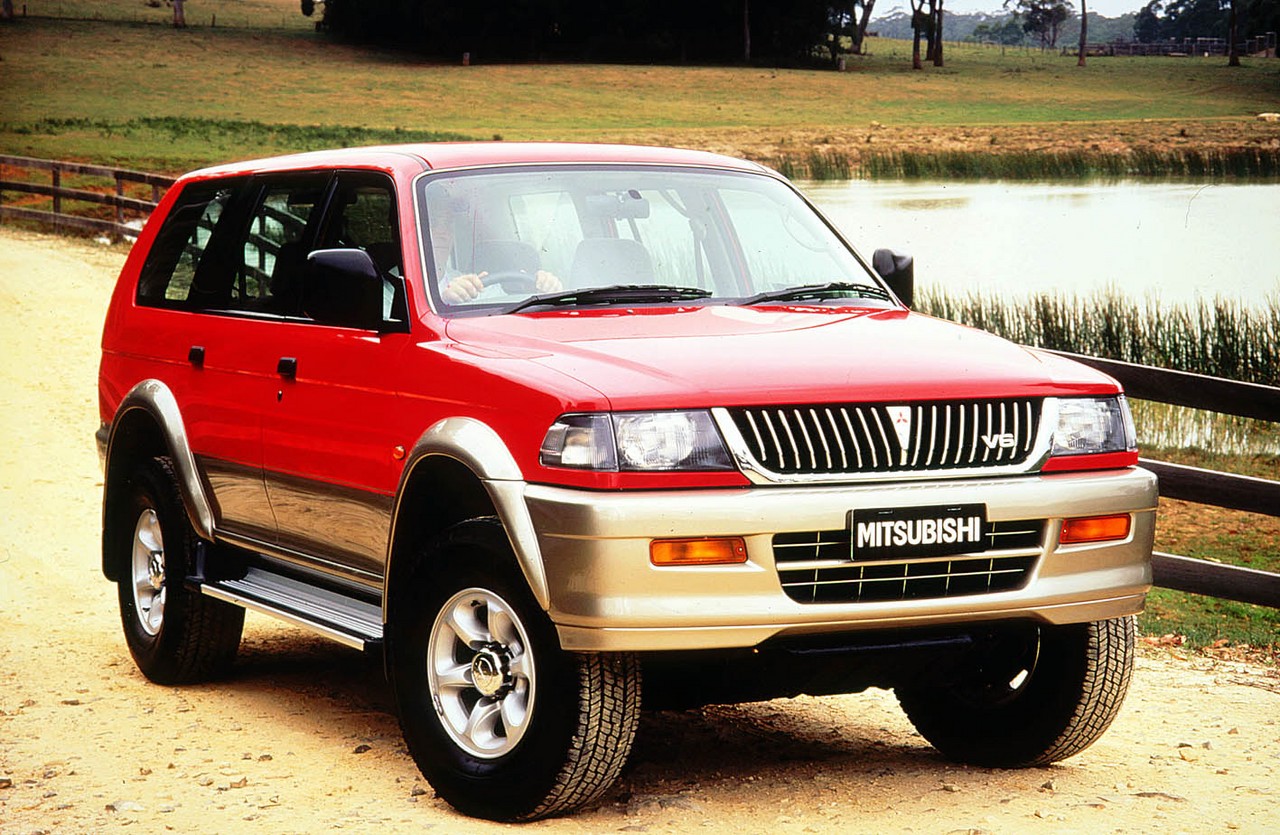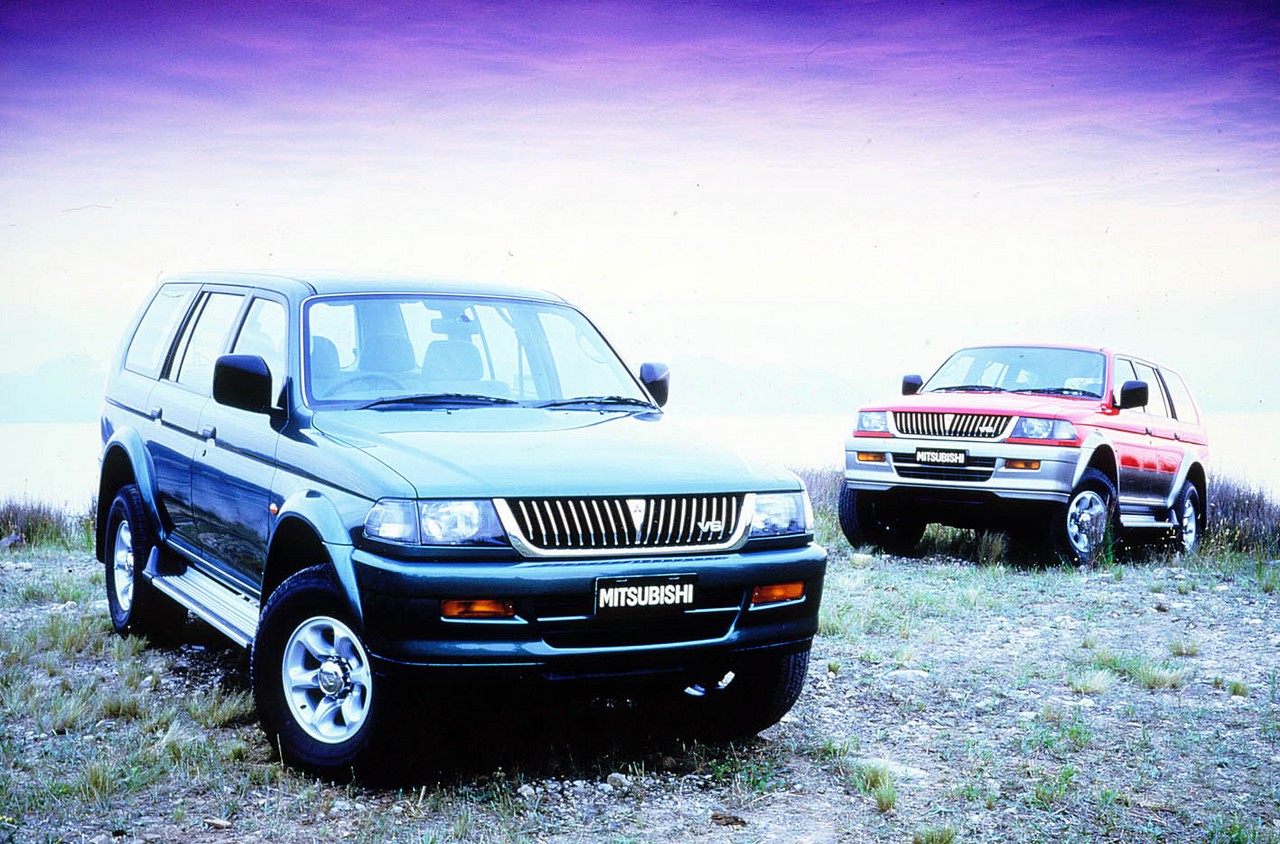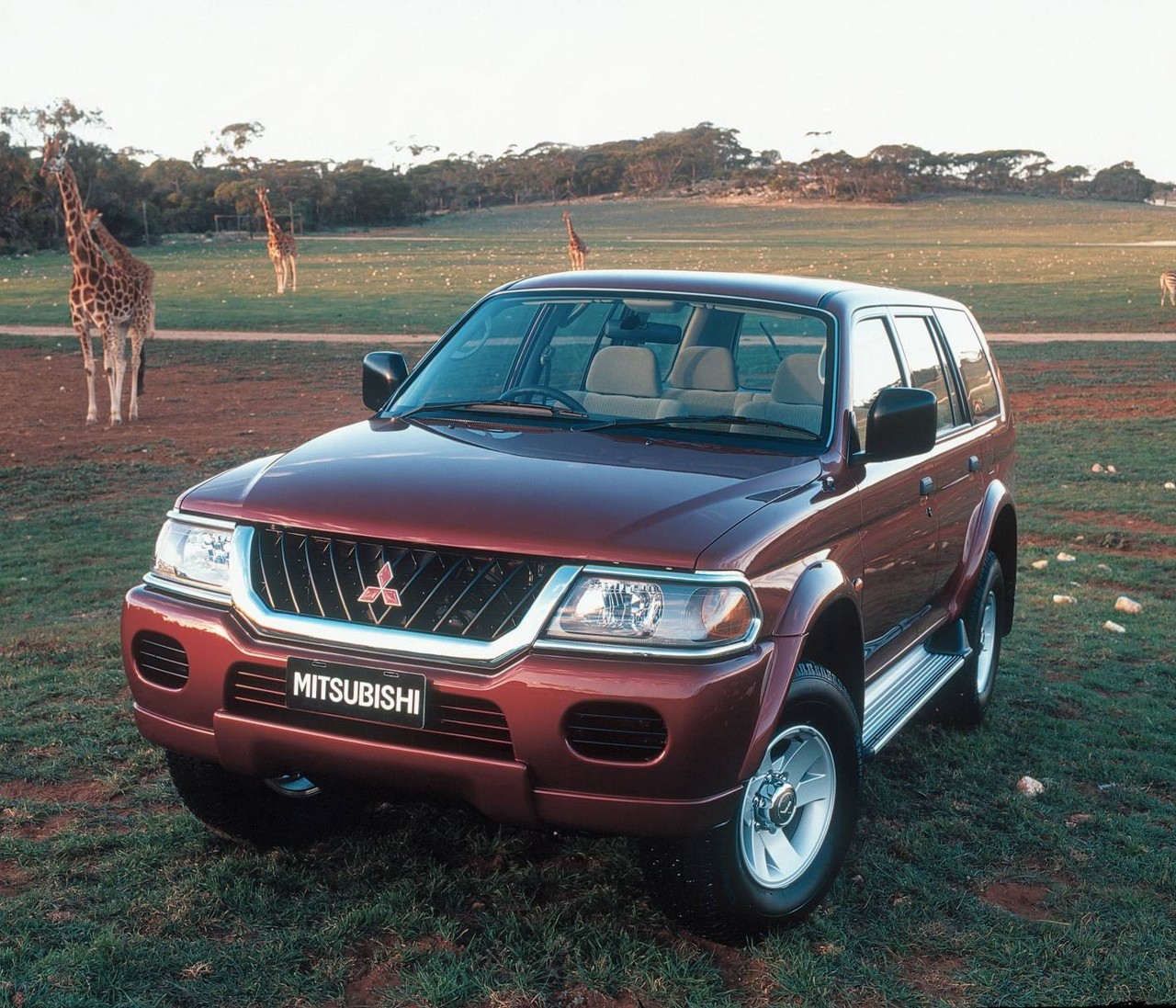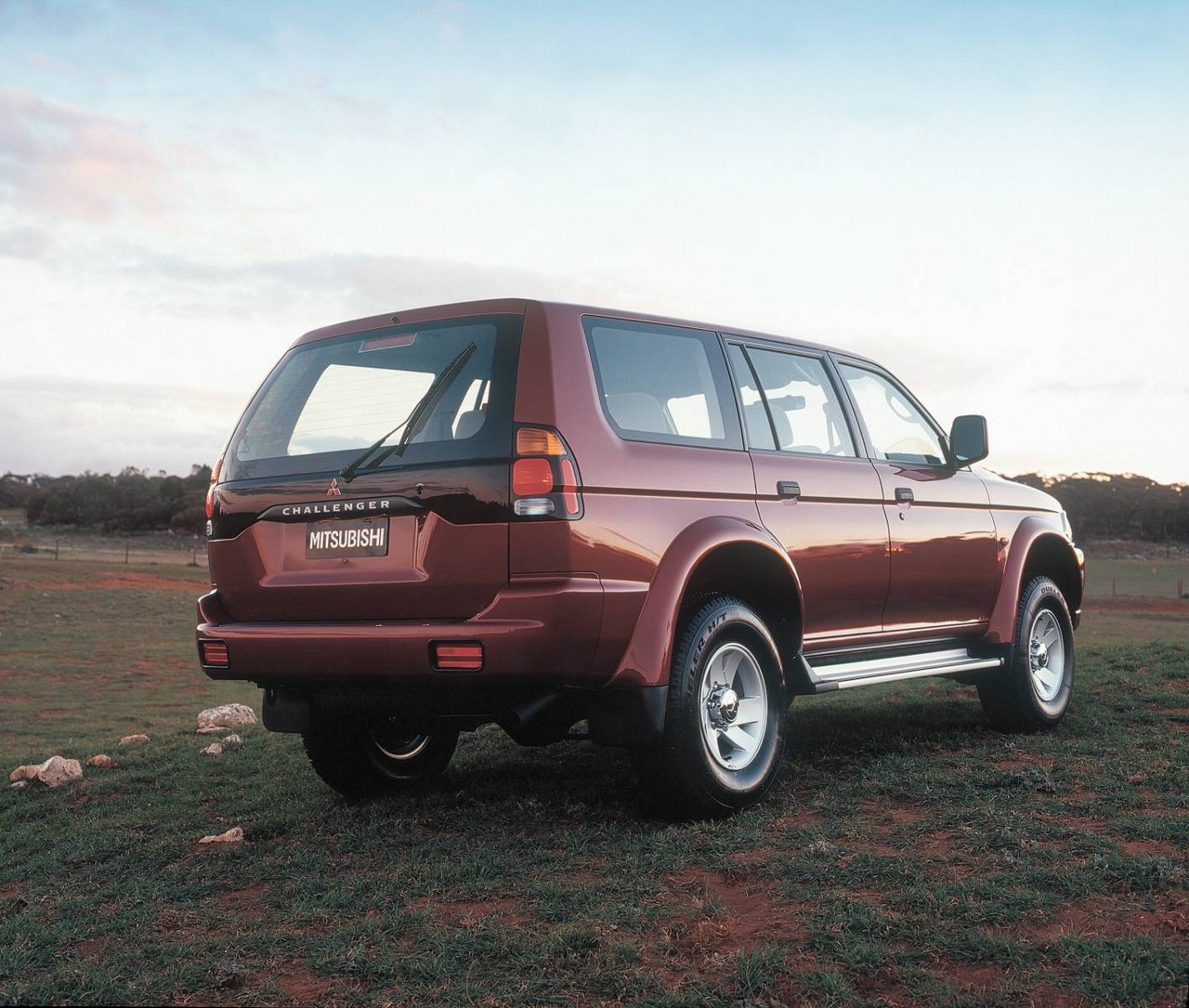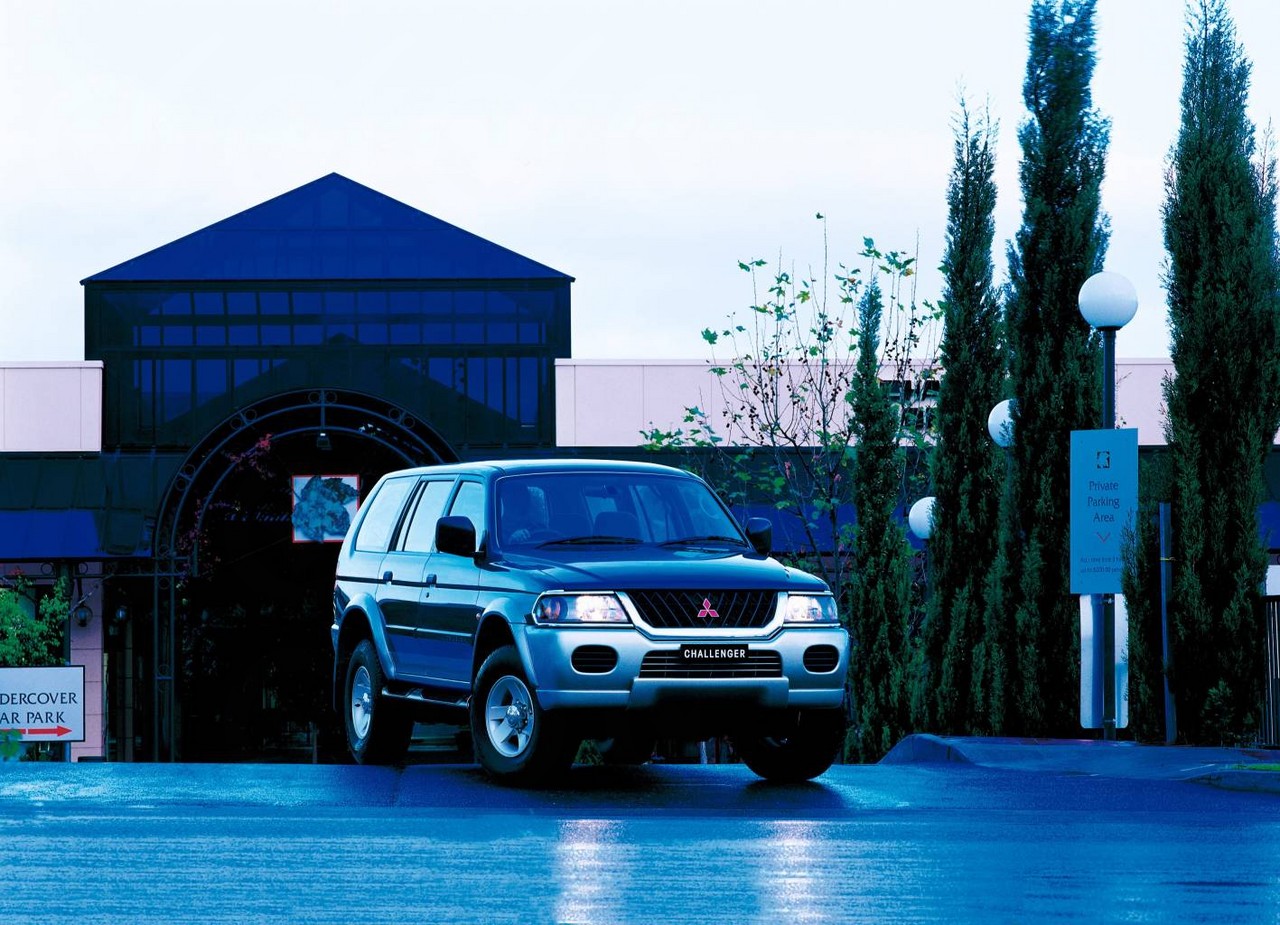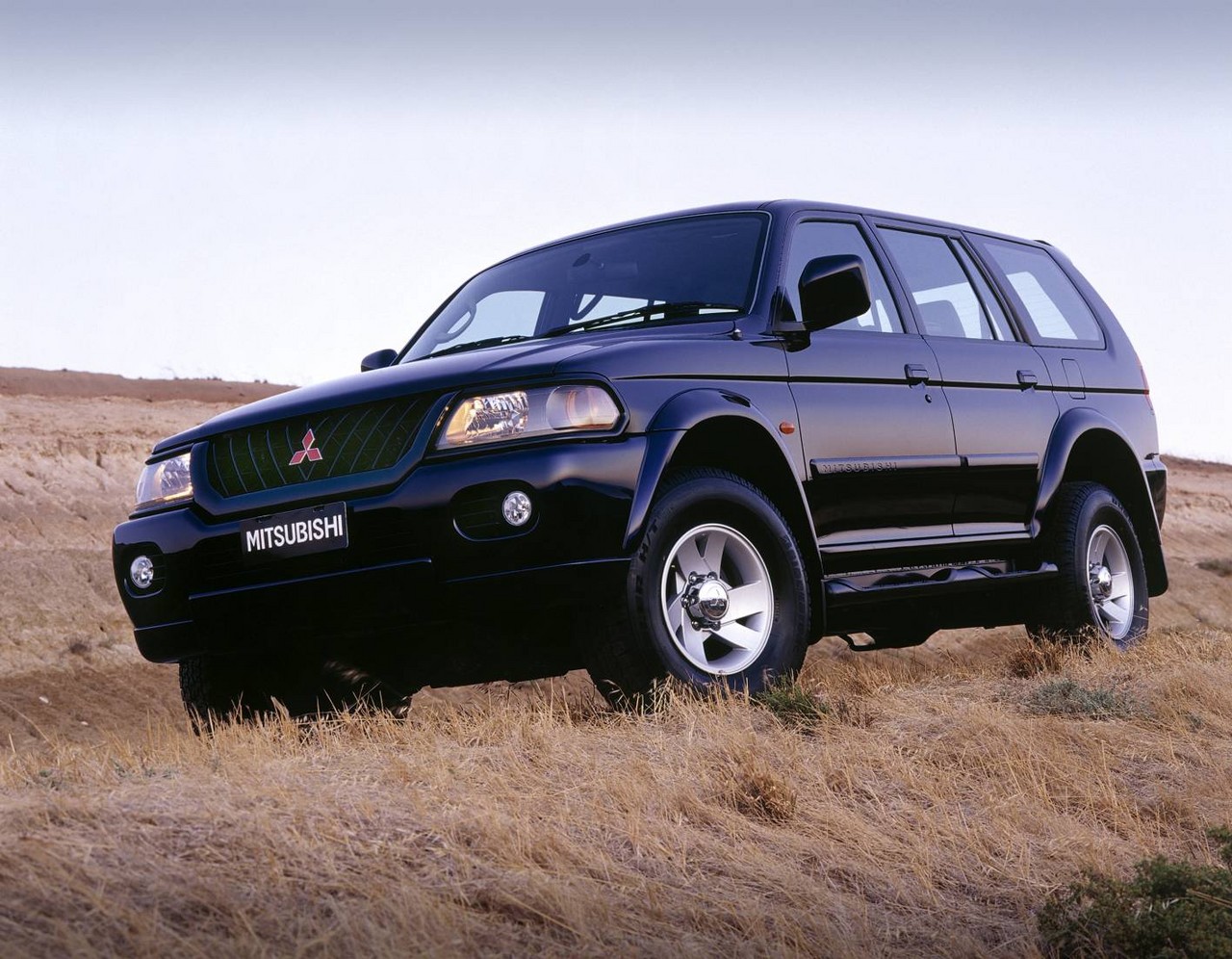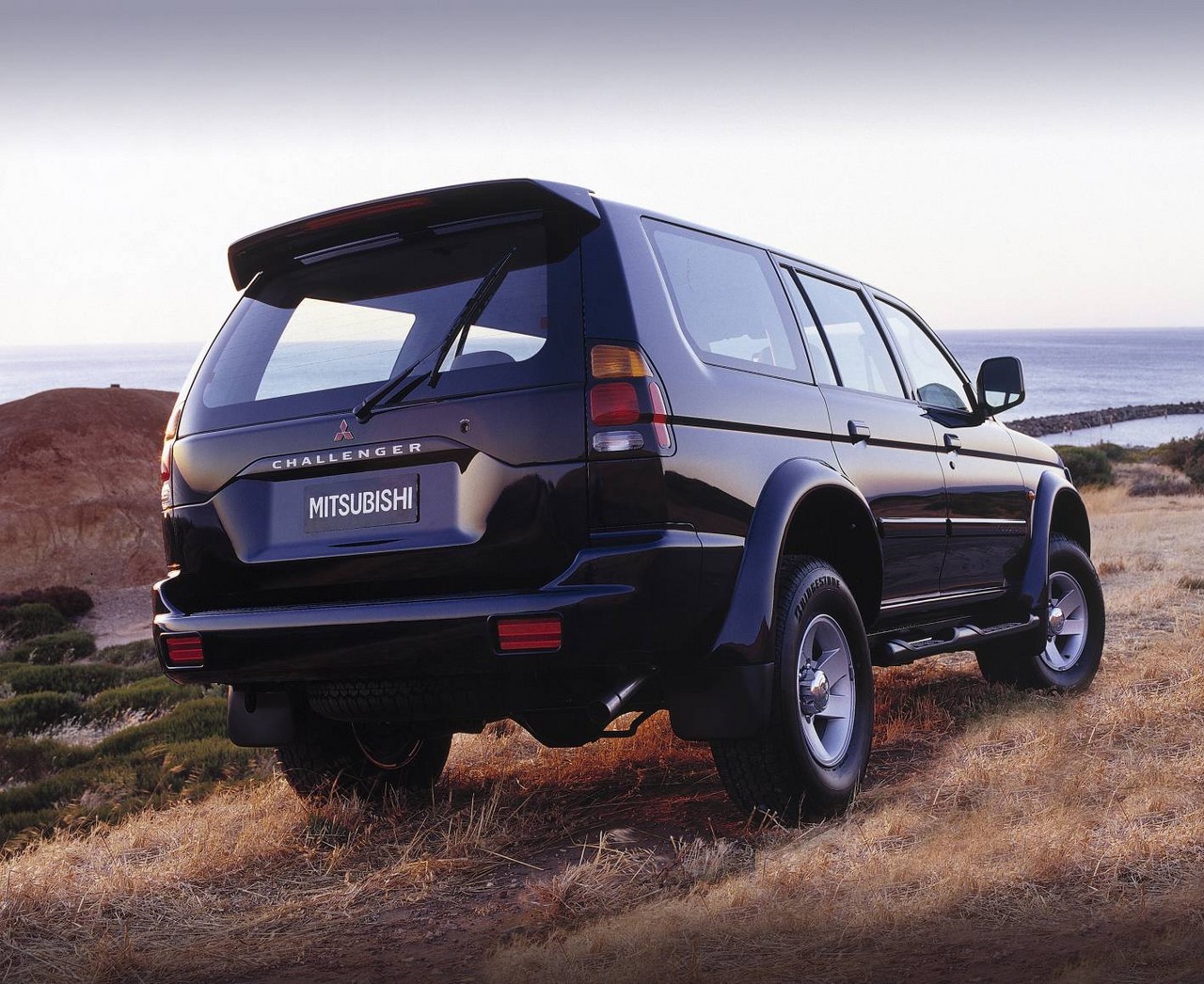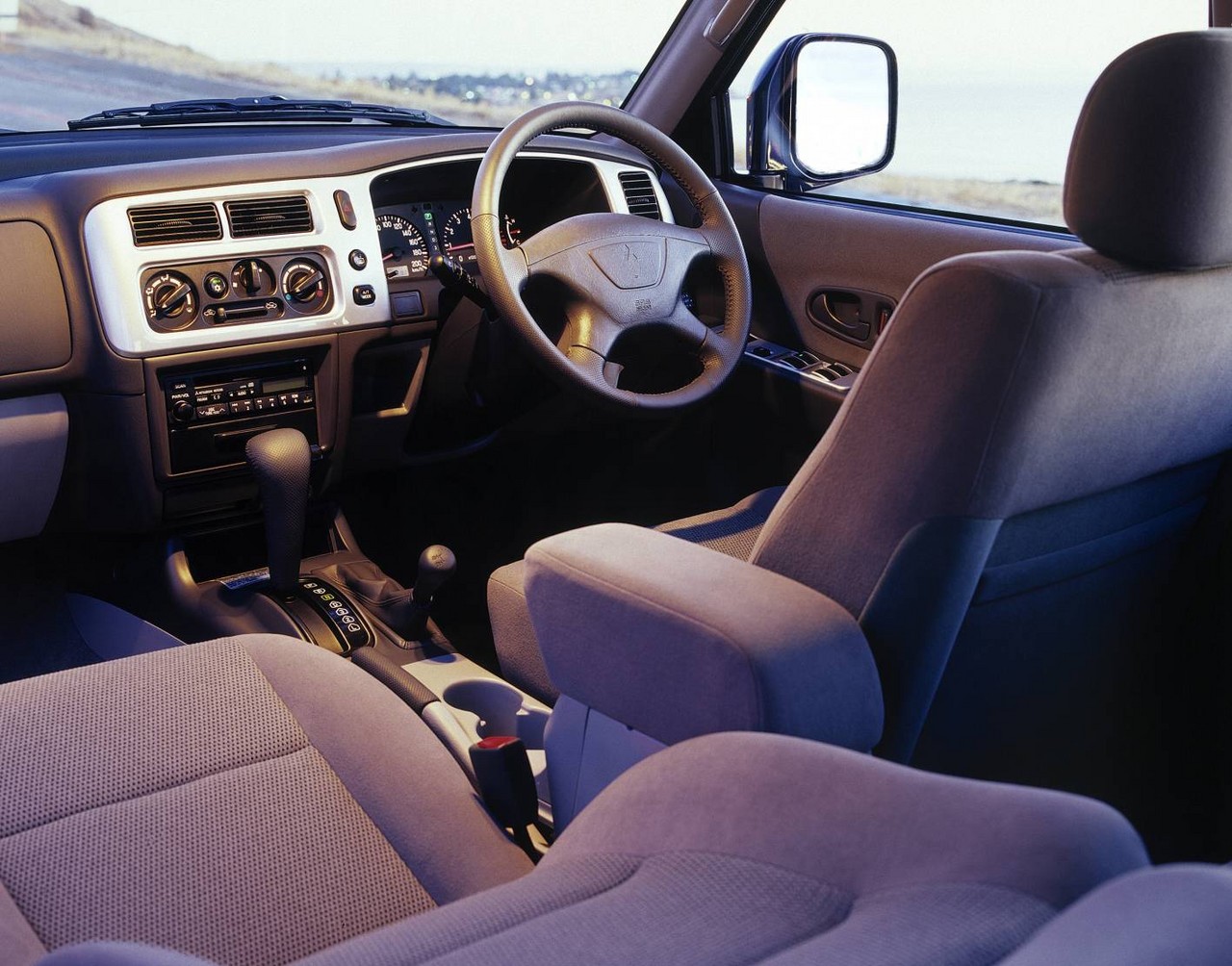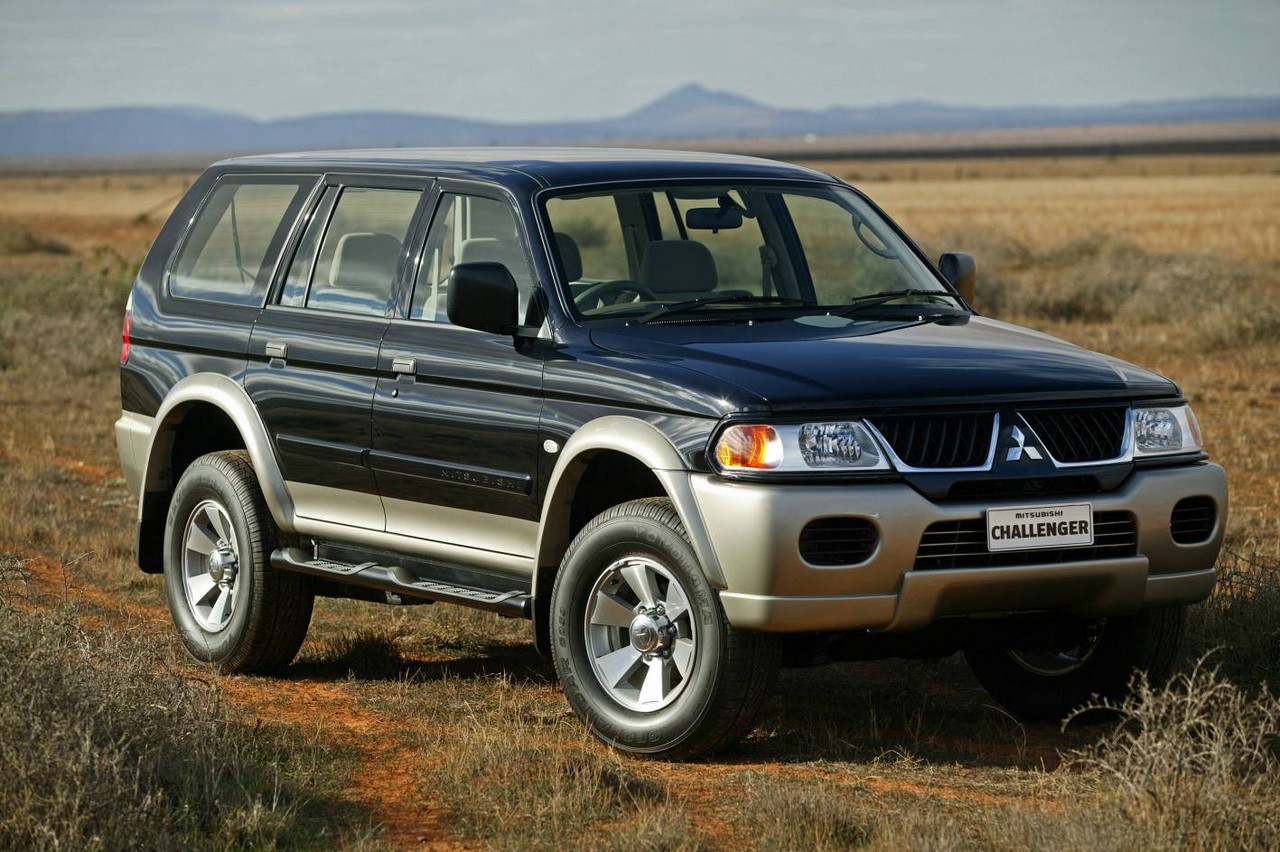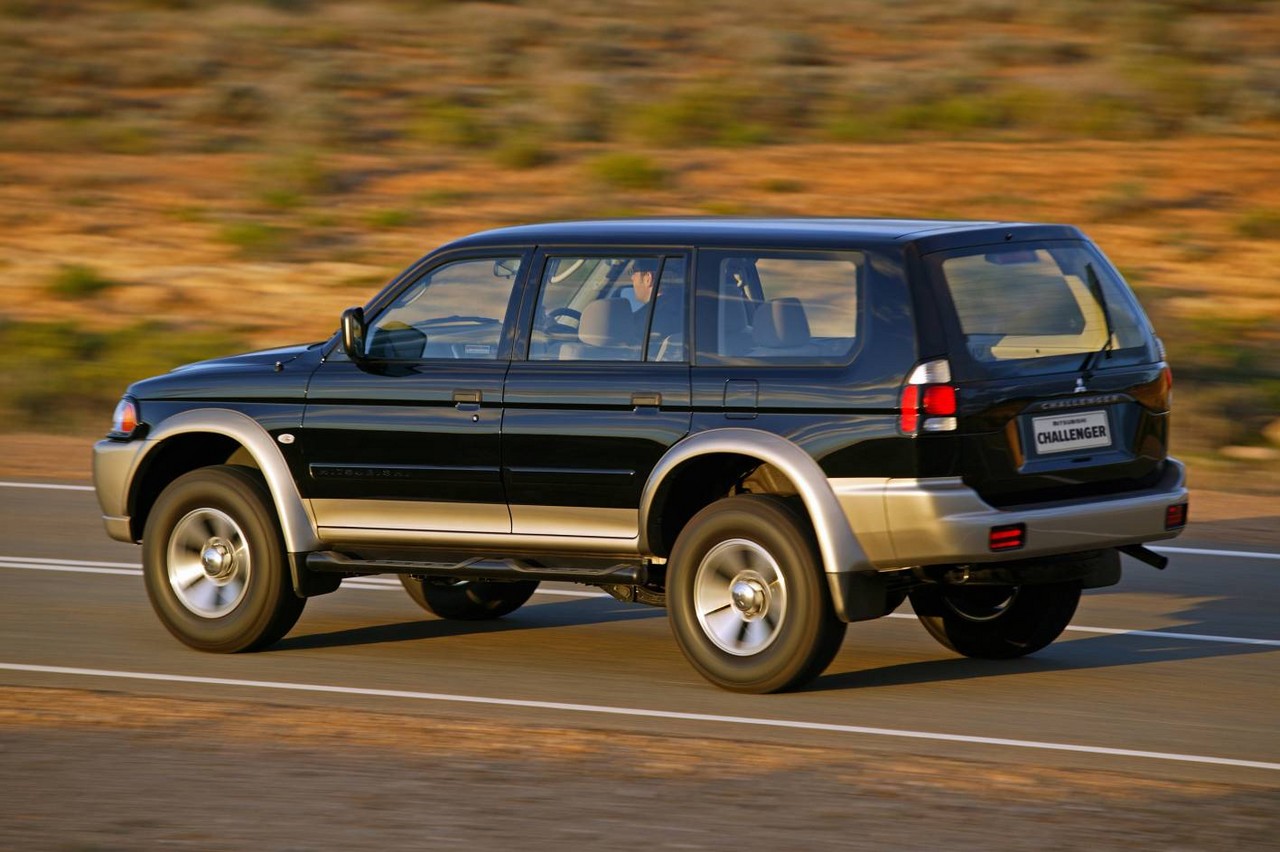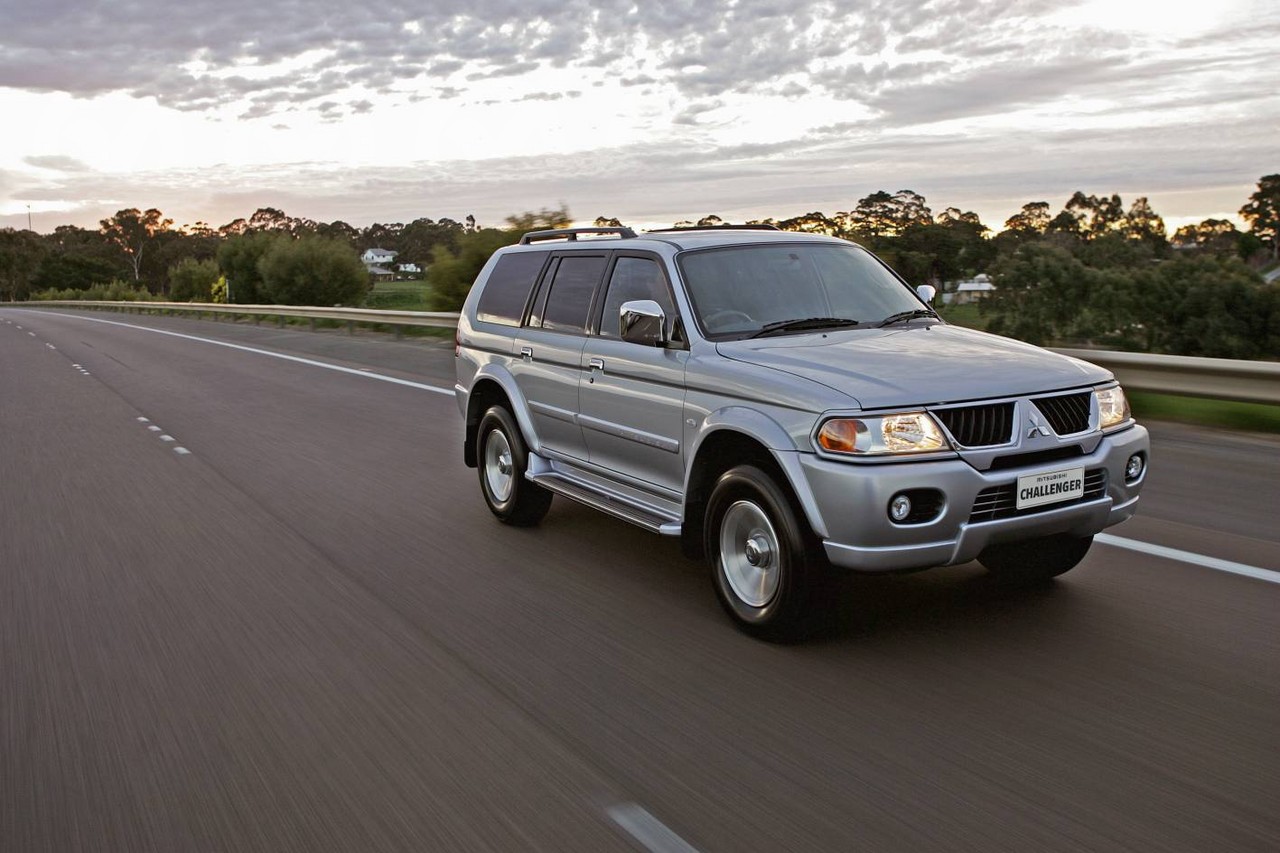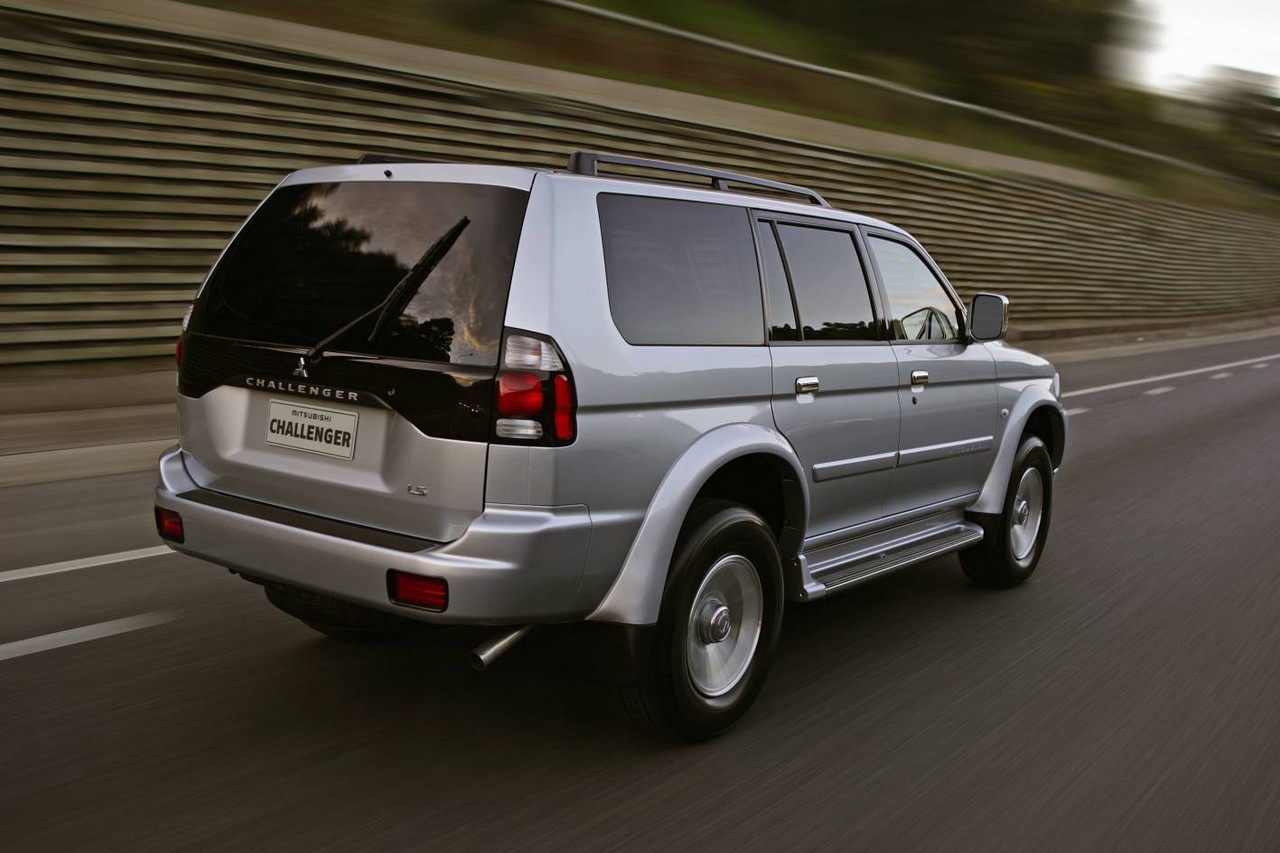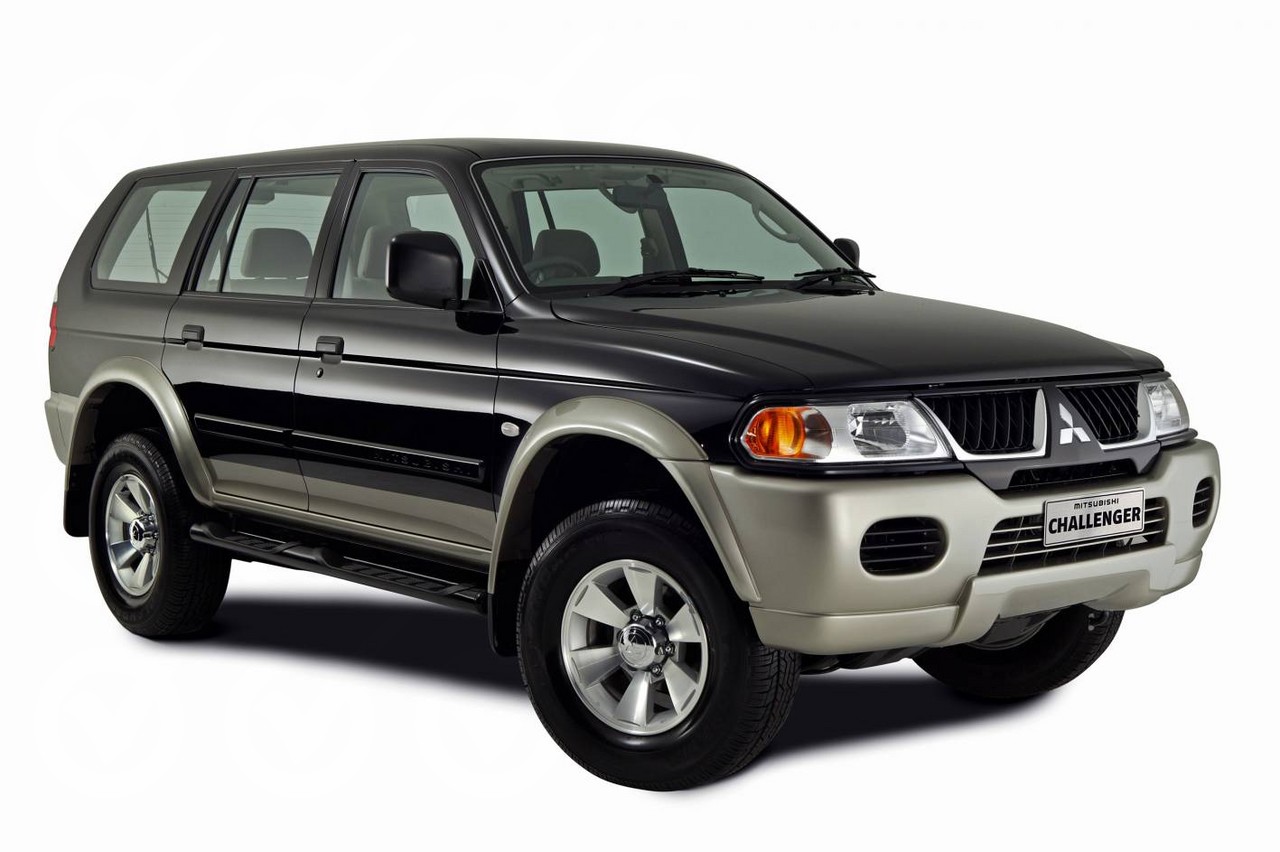
- Refined 3.0-litre V6 petrol engine
- Off-road capability
- Performance only adequate
- Poor ride quality and live rear axle unsettled by bumps
- Body roll when cornering
- Cramped interior for its size
- Vague steering
- Large turning circle
Review: Mitsubishi PA.I Challenger (1998-00)
Overview
Released in February 1998, the Mitsubishi PA Series I (PA.I) Challenger was five-seat, four-wheel drive wagon. Manufactured in Nagoya, Japan, the Challenger was powered by a 3.0-litre petrol V6 engine that was mated to either a five-speed manual or four-speed automatic transmission. The PA.I Challenger range consisted of a single, unnamed variant.
The PA Challenger was 4530 mm long, 1775 mm wide, 1730 mm tall and had a 2725 mm long wheelbase. Furthermore, the Challenger had independent front suspension with torsion bars and a live rear axle with semi-elliptic leaf springs.
| Engine | Trans. | Peak power | Peak torque | |
|---|---|---|---|---|
| Challenger | 3.0-litre petrol V6 | 4sp auto, 5sp man. |
136 kW at 5500 rpm | 265 Nm at 4500 rpm |
4WD system
The Challenger was equipped with an ‘Easy Select’ part-time 4WD system which enabled the driver to engage high range four-wheel drive (4H) ‘on the fly’ and at speeds of up to 100 km/h. The Challenger’s four-wheel drive system included a free wheeling front differential and low range gears.
A limited slip rear differential was available as an option in a combination pack which included two-tone paint and cruise control.
Safety equipment
Standard safety equipment for the PA Challenger was limited to dual front airbags; ABS was optional.
Features
Standard Challenger features included 15-inch alloy wheels, a two speaker sound system with a radio and cassette player, air conditioning, a 60/40 split and flat folding rear seat, central locking, power windows and mirrors, a tilt-adjustable steering wheel, side steps and an immobiliser.
Review: Mitsubishi PA.II Challenger (2000-06)
Overview
Released in August 2000, the PA Series II (PA.II) Challenger introduced an adaptive four-speed automatic transmission (INVECS II) and revised range. Significantly, the PA.I Challenger’s rear suspension – a rigid rear axle with leaf springs – was replaced by a three-link arrangement with coil springs for greater comfort and stability on loose surfaces.
The PA.II Challenger range was expanded with the introduction of an LS variant and, in 2002, a limited-run XS variant was introduced. Visually, the PA.II Challenger could be identified by its more prominent ‘egg-crate’ grille, clear lens headlights with chrome surrounds, new bumpers, body side mouldings, rear tail lights, tailgate garnish and six-spoke alloy wheel designs. Inside, there was a two-tone instrument panel and new centre console with dual cupholders.
| Variant | Year | Engine | Trans. | Peak power | Peak torque |
|---|---|---|---|---|---|
| [Unnamed] | 2000-06 | 3.0-litre petrol V6 | 4sp auto, 5sp man |
136 kW at 5500 rpm | 265 Nm at 4500 rpm |
| XS | 2002-03 | 3.0-litre petrol V6 | 4sp auto | ||
| LS | 2000-06 |
Safety equipment
Compared to its PA.I predecessor, standard safety equipment still included dual front airbags, with ABS optional for the entry-level variant but standard for the LS. From October 2003, however, ABS and electronic brake force distribution were standard across the Challenger range.
Features: Challenger and LS
Compared to its PA.I predecessor, standard features for the PA.II Challenger were extended to include a four speaker sound system. From September 2001, however, a CD player and remote central locking were standard across the range. From July 2002, the 15-inch alloy wheels were replaced with 16-inch alloys.
The Challeger LS was further equipped with a six-speaker sound system with CD player, beige leather seats, cruise control, front fog lamps, a leather-wrapped steering wheel, illuminated front vanity mirrors, rear spoiler and hybrid limited slip differential (LSD). Visually, the LS was distinguished by its chrome mirrors and door handles and body-coloured rear spoiler and side step mouldings. From July 2002, the LS was fitted with a hybrid limited slip differential.
2002 Challenger XS
In February 2002, a limited-run XS variant was released. Based on the entry-level Challenger, the XS added a six speaker sound system, unique seat trim, cruise control, front fog lamps, dimpled leather covered steering wheel and gearshift, hybrid limited slip differential and rear spoiler. Visually, the XS was differentiated by its projector headlights, rear roof spoiler with high-mounted stop light, stainless steel scuff plates and body-coloured door handles, exterior mirrors and grille.
October 2003: Challenger update
In October 2003, the Challenger was updated and standard features were extended to include a hybrid LSD, cruise control and cargo blind rail. The LS was further equipped with a six-disc CD player, power tilt/slide sunroof and black roof rails. Body-coloured side protection mouldings were made standard for monotone coloured vehicles (previously standard on two-tone vehicles). Inside, the LS had a ‘titanium-look’ instrument panel and power window switch.
September 2004: Challenger update
The Challenger underwent a cosmetic update in September 2004, with the introduction of body-coloured grille with chrome accents, new six-spoke alloy wheels and new tail light assemblies with clear lenses. Inside, the LS’s ‘titanium-look’ instrument panel and power window switch was extended to the entry-level variant; the LS also received charcoal woodgrain highlight panels on its dash and surrounds and black leather was offered as an alternative to beige leather
In August 2005, the six-spoke alloy wheels were replaced with eight-spoke designs and there were additional paint colours.
Related links
